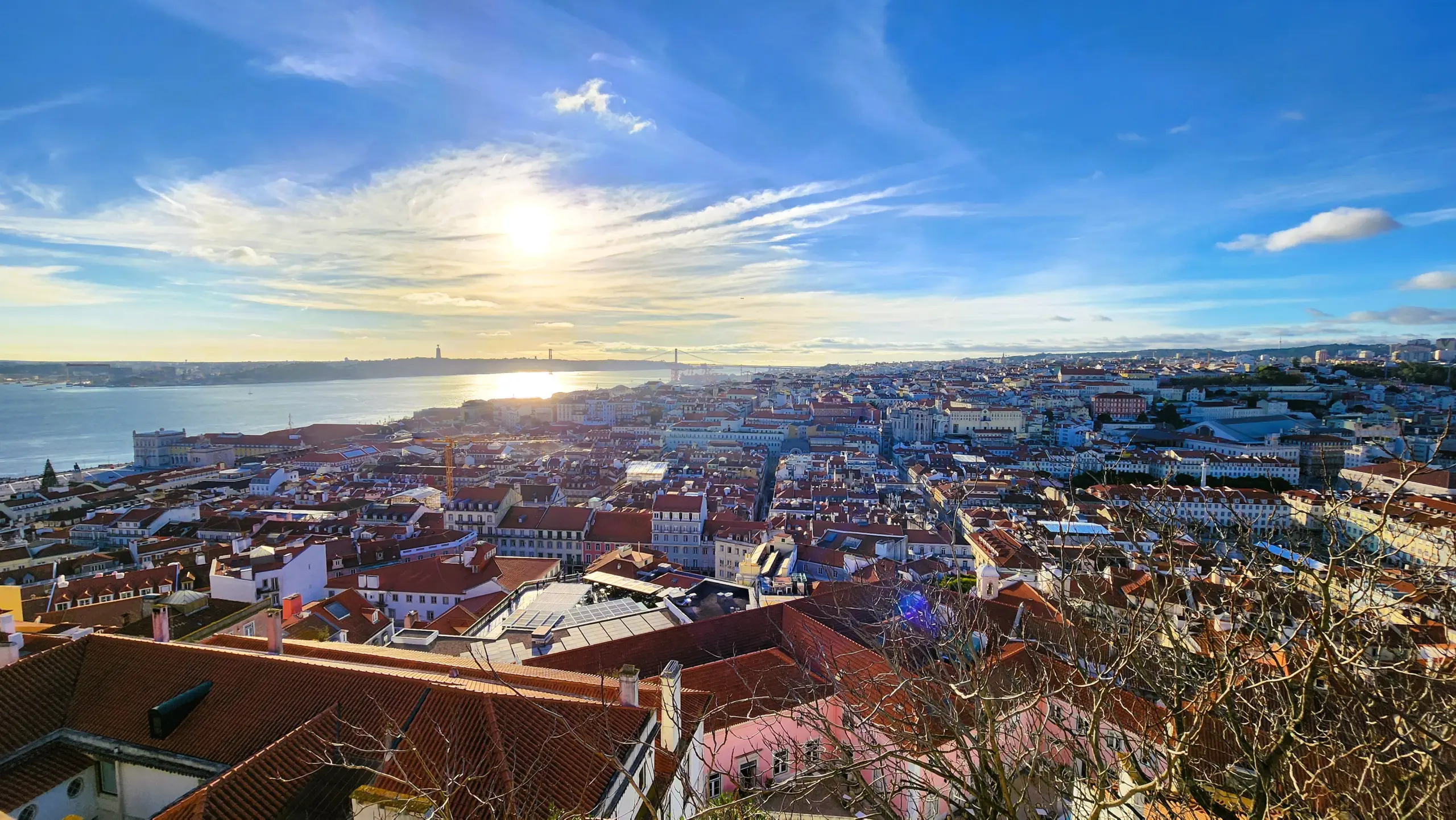Olá, history lovers and curious travelers! 📜✨ Lisbon is a city of golden light, tiled facades, and timeless charm—but beneath its beauty lies a story of devastation and resilience that forever shaped its soul. On November 1, 1755, Lisbon was struck by one of the most powerful and destructive earthquakes in European history. Standing in the sunlit squares and elegant streets of today’s city, it’s hard to imagine the scale of that tragedy—but once you know the story, you’ll see Lisbon through a new lens.
A Catastrophe in Three Acts: Earthquake, Tsunami, Fire
At around 9:40 AM on All Saints’ Day, a massive earthquake—estimated between 8.5 and 9.0 in magnitude—shook the city for several minutes. Thousands of candles were lit in churches for the religious holiday, and many residents were attending mass when the tremors struck. Entire buildings collapsed, including some of Lisbon’s grandest churches and cathedrals.
As people fled toward the Tagus River, hoping to escape the falling debris, the unthinkable happened: a massive tsunami surged inland, sweeping away hundreds. Fires soon broke out across the ruins of the city, fed by fallen candles and broken oil lamps. The firestorm raged for days. The result? An estimated 60,000 to 90,000 people perished, and nearly 85% of the city’s buildings were destroyed.
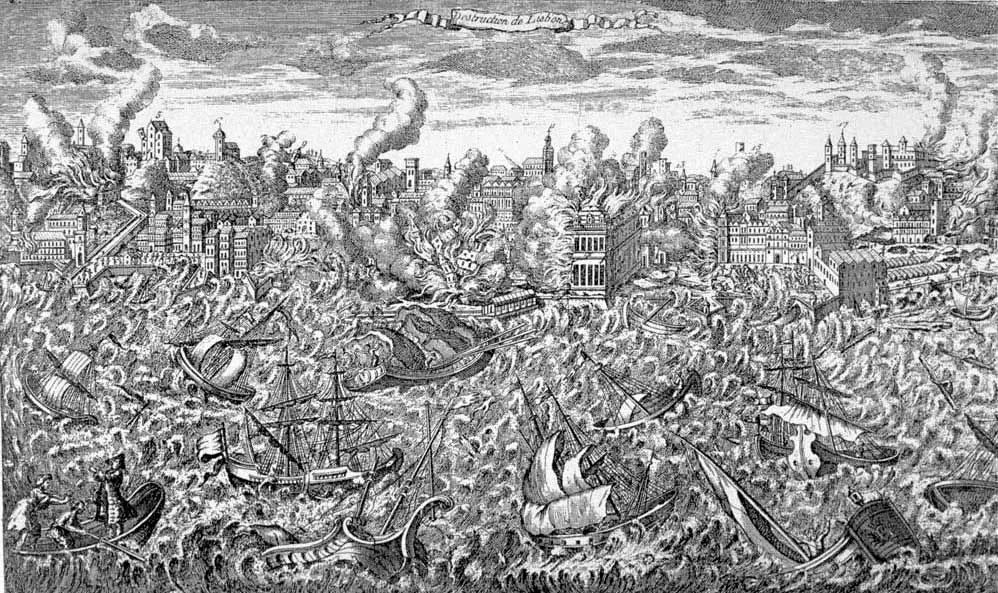
From Ashes to Innovation: The Birth of Modern Lisbon
In the midst of horror, Lisbon’s leaders responded with determination. Sebastião José de Carvalho e Melo, later known as the Marquis of Pombal, took control of the recovery effort. His legendary command—“Bury the dead and feed the living”—reflected a no-nonsense approach that would define the city’s rebirth.
Under Pombal’s leadership, Lisbon was rebuilt using what we now recognize as early earthquake-resistant construction techniques. The city’s central district, Baixa, was redesigned with wide avenues, grid-like streets, and uniform neoclassical buildings. Architects even constructed wooden models and simulated quakes using troops marching around them to test stability—an 18th-century version of seismic engineering!
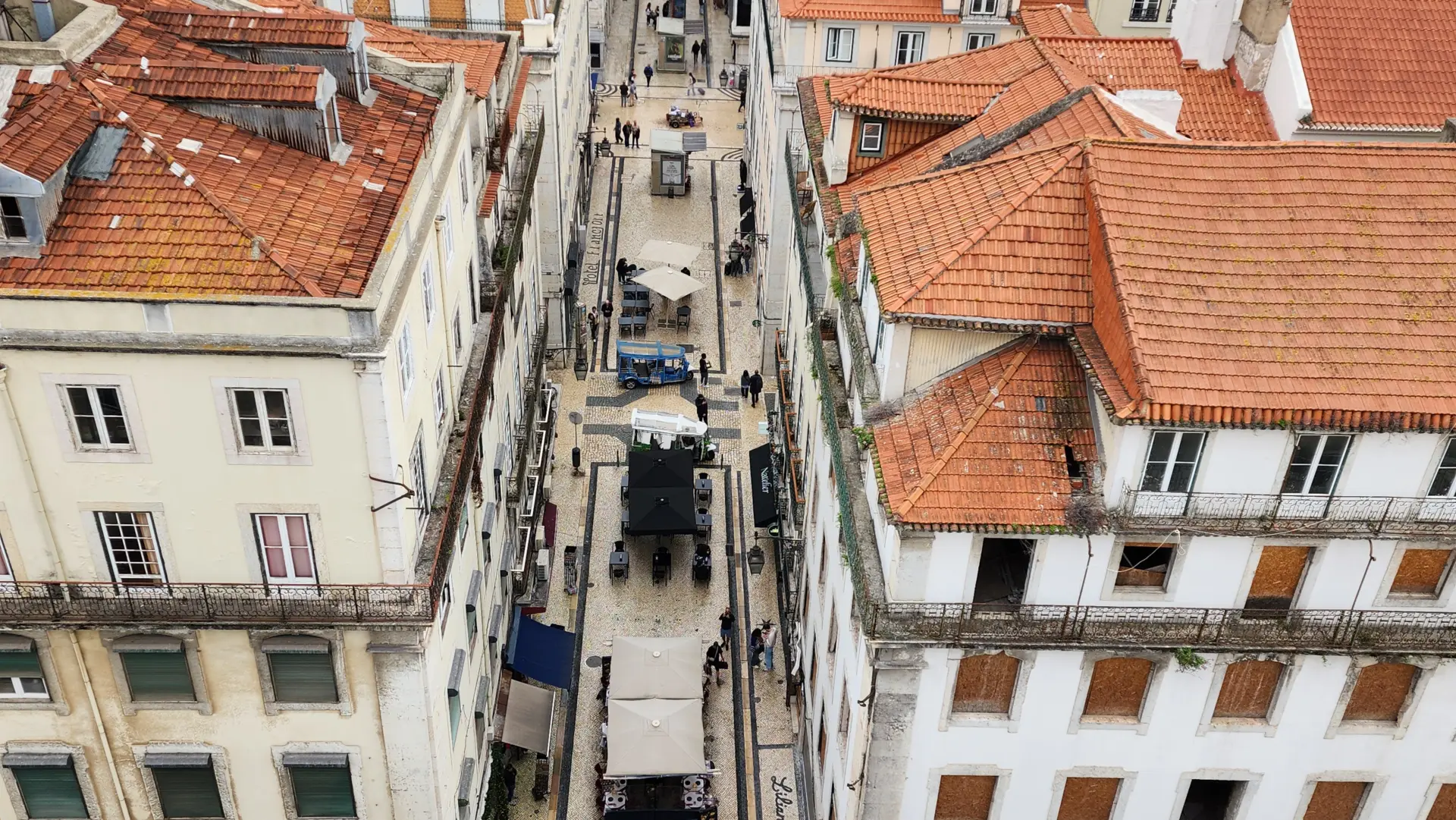
Today, this style is known as Pombaline architecture, and it gives downtown Lisbon its distinctive, balanced elegance.
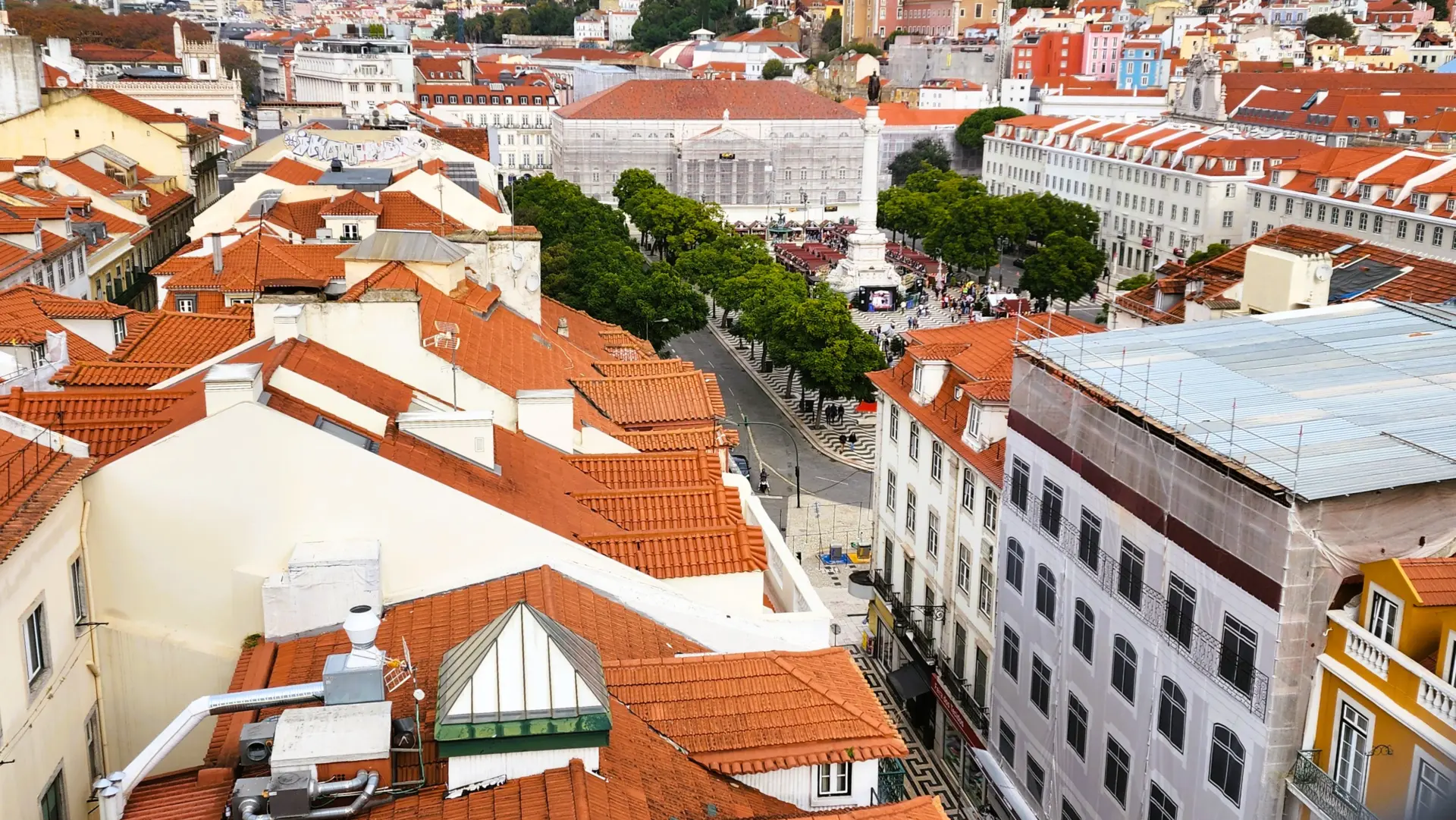
The Global Impact: Philosophy, Science, and Shockwaves
The disaster shook not only Lisbon, but the world. News of the quake spread rapidly, and its sheer magnitude sparked intense debates among philosophers, scientists, and theologians across Europe. Figures like Voltaire and Rousseau referenced the catastrophe in their writings, questioning divine justice and the nature of human suffering. The Lisbon earthquake became one of the catalysts for the European Enlightenment.
It also played a role in the early development of seismology. For the first time, scientists and thinkers collected data on the direction of tremors, ground fissures, and aftershocks—a groundbreaking shift toward understanding natural disasters scientifically.
Walking Through the Legacy Today
When you walk through Baixa, stand in Praça do Comércio, or visit the hauntingly beautiful Carmo Convent ruins, you’re walking through history. The very streets beneath your feet were rebuilt with purpose and resilience. And while modern Lisbon shines, the city has never forgotten what it endured.
During my visit, I found myself lingering in quiet courtyards and gazing up at the elegant symmetry of the downtown facades. Knowing the story behind them added a new depth to every tiled wall and every echo of footsteps along the calçada.
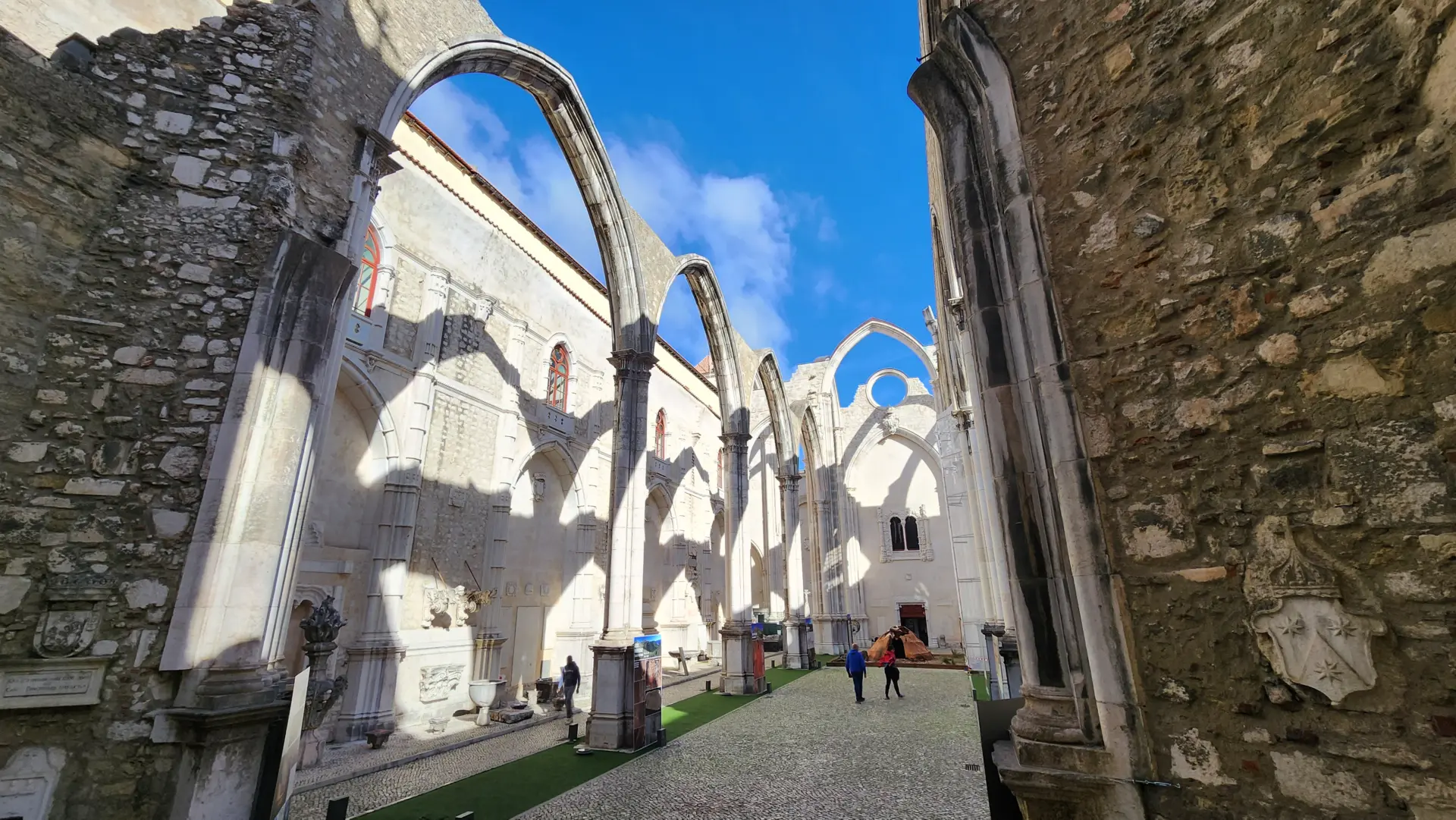
Final Thoughts: A City That Rose from the Ashes
The 1755 Lisbon earthquake is not just a historical event—it’s a defining chapter in the story of a city that refused to crumble. It’s a powerful reminder of how beauty can rise from destruction, and how the human spirit adapts, rebuilds, and reimagines.
Next time you’re in Lisbon, take a moment to pause in Baixa or look out over the city from a miradouro. Remember the past, feel the strength in the stones, and celebrate Lisbon for everything it has become.
Until the next tale, keep wandering with wonder. 🌍💫
xoxo,
Bubbly 💖

